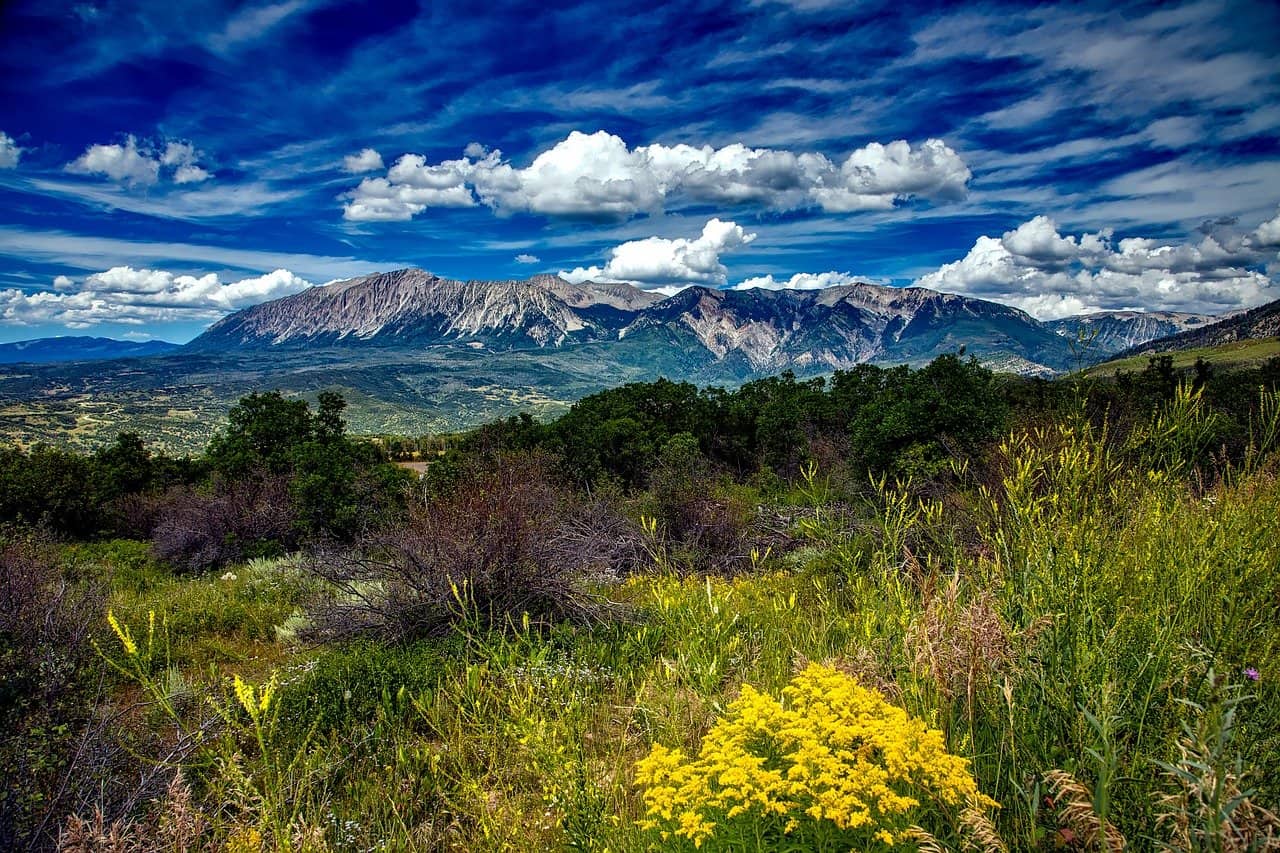
Parts of Colorado feel like it is touching the clouds. With over 70 mountain tops over 12,000 feet, visitors to Rocky Mountain National Park in Colorado can touch the clouds too. Along with rugged mountain scenery, the wildlife in the Rockies is top, too. The easiest way to see all the stunning scenery is to travel the Trail Ridge Road as it heads east and west across the mountaintops. Here are the top things to do in Rocky Mountain National Park.
Top 19 Things in Rocky Mountain National Park
-
Learn About Rocky Mountain Nationa Park
-
Stop at a Visitor Center
-
Get a Timed Entry Ticket to Drive Through the Park
-
Drive a scenic drive
-
Take Across the Rocky Mountain National Park
-
See a peak over 12,000 feet
-
Drive Over the Continental Divide
-
Glance at the Headwaters of the Colorado River that carves the Grand Canyon
-
See a pristine mountain lake
-
Take a Hike
-
Go Biking
-
See Wildlife
-
Go Fishing
-
Arrange Horseback Riding
-
Go Llama Trekking
-
Learn about rugged mountain living at the Holzwarth Historic Site
-
Picnic in the Park
-
Earn a Junior Ranger Badge
-
Go Camping
Rocky Mountain at a Glance
| Year Established: 1915 |
| Located: Northern Colorado |
| Size: over 265,000 acres |
| Top Features: Trail Ridge Road, Wildlife viewing and Mountain views |
Why Visit Rocky Mountain National Park
The Rocky Mountains are huge. They are the mountain chain that divides the watershed in North America. The park itself is 415 square miles or 265,807 acres in size. It offers a diverse landscape to discover, from its mountain meadows to its peaks of over 14,000 feet to its pristine mountain lakes.
While in Rocky Mountain National Park, hike on one of its 300 miles of trails. You might see some wildlife during your trip. Trail Ridge Road offers eye-popping views without having to climb. If visiting, remember to pack a picnic since the food service is limited.
East Entrance vs. West Entrance
Since 80% of the visitors use the eastern entrance, consider entering Rocky Mountain National Park’s western entrance near Grand Lake. Especially if you didn’t reserve a Day Use Pass for entering the park, enter on the western portion of Rocky Mountain National Park before 9 a.m. and a timed entry pass isn’t required. The western portion of the park sustained fire damage in 2020, though the areas that didn’t are less crowded than the eastern portion of the park.
Yellowstone National Park Guide
Visitor Centers in Rocky Mountain National Park
There are five visitor centers in Rocky Mountain National Park.
Beaver Meadows Visitor Center
The Beaver Meadows Visitor Center is a National Historic Landmark, designed by Frank Lloyd Wright’s School of Architecture in 1967. It is the main visitor center and is open year-round with seasonal hours.
Located at 1000 U.S. Highway 36 in Estes Park. During the summer, it’s open from 8 a.m. until 6 p.m. The winter hours are 9 a.m. to 4:30 p.m.
Fall River Visitor Center
Home to the Rocky Mountain Conservancy Center. It is west of Estes Park.
Located at 3450 Fall River Road. The Fall River Visitor Center is open year-round from 9 a.m. to 4:30 p.m.
Alpine Visitor Center
The Alpine Visitor Center is the highest visitor center in the National Park Service system, at 11,796 feet (3,595 m). It’s a seasonal center since snow arrives early and stays until late spring.
Located along Trail Ridge Road, the Alpine Visitor Center is open from late May until mid-October from 9:30 a.m. to 4:30 p.m.
Holzwarth Historic Site
A 1920s dude ranch with interpretive displays that you can tour.
Located on the western portion of the park, north of the Grand Lake Entrance. The site is open year-round.
Kawuneeche Visitor Center
At the Grand Lake Entrance, for visitors entering from the west side of the park.
Located at 16018 U.S. Highway 34. Open year round from 9 a.m. to 4:30 p.m. with reduced hours during the fall, winter and spring.
Moraine Park Discovery Center
This site offers a historic building with views of Aspen.
Located along Bear Lake Road. Open during the summer and fall only from 9 a.m. to 5 p.m.
Sheep Lakes Information Station
See wildlife in this area and the best place to see sheep.
Located along U.S. Highway 34 west of Estes Park in Horseshoe Park. Open from 9 a.m. to 4 p.m. during the summer season.
Planning Guide to Grand Tetons National Park

How to Visit Rocky Mountain National Park during the Summer
Day visitors to Rocky Mountain National Park during its peak season will need a timed entry permit from May 24th until October 22nd. Two permits are available: a Bear Lake Corridor permit and a General Rocky Mountain National Park permit. The permits offer a 2-hour window to enter the park or area. For more information, visit the NPS site.
A general Rocky Mountain National Park timed permit (excluding the Bear Lake area) will be required from 9 a.m. to 2 p.m.
The Bear Lake Corridor includes access to Bear Lake Road, Moraine Park, Moraine Park Discovery Center, Glacier Basin, and Sprague Lake. This permit is needed from 5 a.m. to 6 p.m. and should be purchased in advance. You can use it to continue west along Trail Ridge Road.
The timed entry fee is $2, in addition to the general Rocky Mountain National Park entrance fee. A 1-day admission is $25 per car, and a 7-day pass is $35. All NPS annual passes are honored at entrances, though you will need the $2 timed entry permit.
Note: In October 2020, two wildfires broke out and burned a portion of the park. The Western Entrance, near Grand Lake, was affected along the northern portion of the park. Stopping is discouraged from Grand Lake Entrance to Onahu Trail.
The Best Utah National Park Road Trip
Scenic Drives in Rocky Mountains National Park
Trail Ridge Road
Built by the Civilian Conservation Corps during the Depression, it’s a 48-mile-long (77 km) paved road that connects Estes Park entrance with the Grand Lake entrance. Eleven of its miles are above the tree line (11,500ft/3,505m in the park). It crosses Milner Pass (10,759ft/3,279m) and the Continental Divide. It’s the highest continuous highway in the U.S.
The Alpine Visitor Center opens in May and closes in October due to snow. It features information and restrooms.
Old Fall River Road
Opened in 1920, it was the first road in Rocky Mountain National Park. It’s an 11-mile one-way route surfaced with gravel. With a speed limit of 15 mph and no guard rails, it’s not for everyone, though it travels to Fall River Pass at 11,796 ft (3,595 m).
Bear Lake Road
A 10.5-mile (16.8 km) road from Moraine Lake Visitor Center to Bear Lake. Consider the Bear Lake Shuttle Bus for this route.
Top Things to Do in Glacier National Park
Rocky Mountain Shuttle Bus Routes
Rocky Mountain National Park offers summertime shuttle buses. Offered on the east side of the park, Estes Park Visitor Center runs a Hiker Shuttle bus from the visitor to the Park and Ride stop. Reservations are required for this bus. Shuttle Buses run from May 24 to October 20, 2024.
Bear Lake Road Shuttle Bus
This route runs from the park-and-ride stop to Bear Lake, stopping at Bierstadt Lake Trailhead and Glacier Gorge Trailhead.
Moraine Lake Shuttle Bus
This route offers stops at Sprague Lake, Glacier Basin Campground, Hallowell Park, Tuxedo Park, Moraine Lake Campground, C Loop, Cub Lake Trailhead, and Fern Lake Bus Stop.
Each shuttle operates daily from the end of May until mid-October. Reservations are not required for the Bear Lake and Morraine Lake shuttles. It is free to use.
Top Mountain Peaks in Rocky Mountain National Park
To see the towering mountain peaks of the Rocky Mountains, visitors should drive down Trail Ridge Road. The western portion of Rocky Mountain National Park also has several.
- Sundance Mountain at 12,260′
- McGregor Mountain at 10,486′
- Deer Mountain at 10,013′
- Green Mountain at 10313′
Bear Creek area offers several mountain peaks over 12,000 feet.
- Flattop Mountain at 12,326′
- Hallett Peak at 12,598′
- Hayden Spire at 12,421′
- Knobtop Mountain at 12,336′
- Ptarmigan Point at 12,270′
- Snowdrift Peak at 12,205′
Drive Over the Continental Divide
Another top site to see is the Continental Divide. It’s the line that divides the Atlantic and Pacific watersheds in North America.
The Continental Divide on the western side of Rocky Mountain National Park. To snap a picture of the brown sign, stop at Milner Pass, just north of the Holzwarth Historic Site.
The Continental Divide National Scenic Trail (CDNST) is a 3,100-mile-long trail that runs from the Canadian border in Montana to the Mexican border in New Mexico. It runs through Rocky Mountain National Park and offers two loops, both of which travel at elevations from 8,000 feet to 11,000 feet.
Stop At Poudre Lake
The Headwaters of the Colorado River that carves the Grand Canyon is located in Rocky Mountain National Park. Near Milner Pass, Poudre Lake is where it starts.
Best and Easiest Lakes to See
During your visit, see one of the Rocky Mountain National Park’s pristine alpine lakes.
- Bear Lake
- Sprague Lake
- Lily Lake
- Bierstadt Lake
- Dream Lake
- Emerald Lake
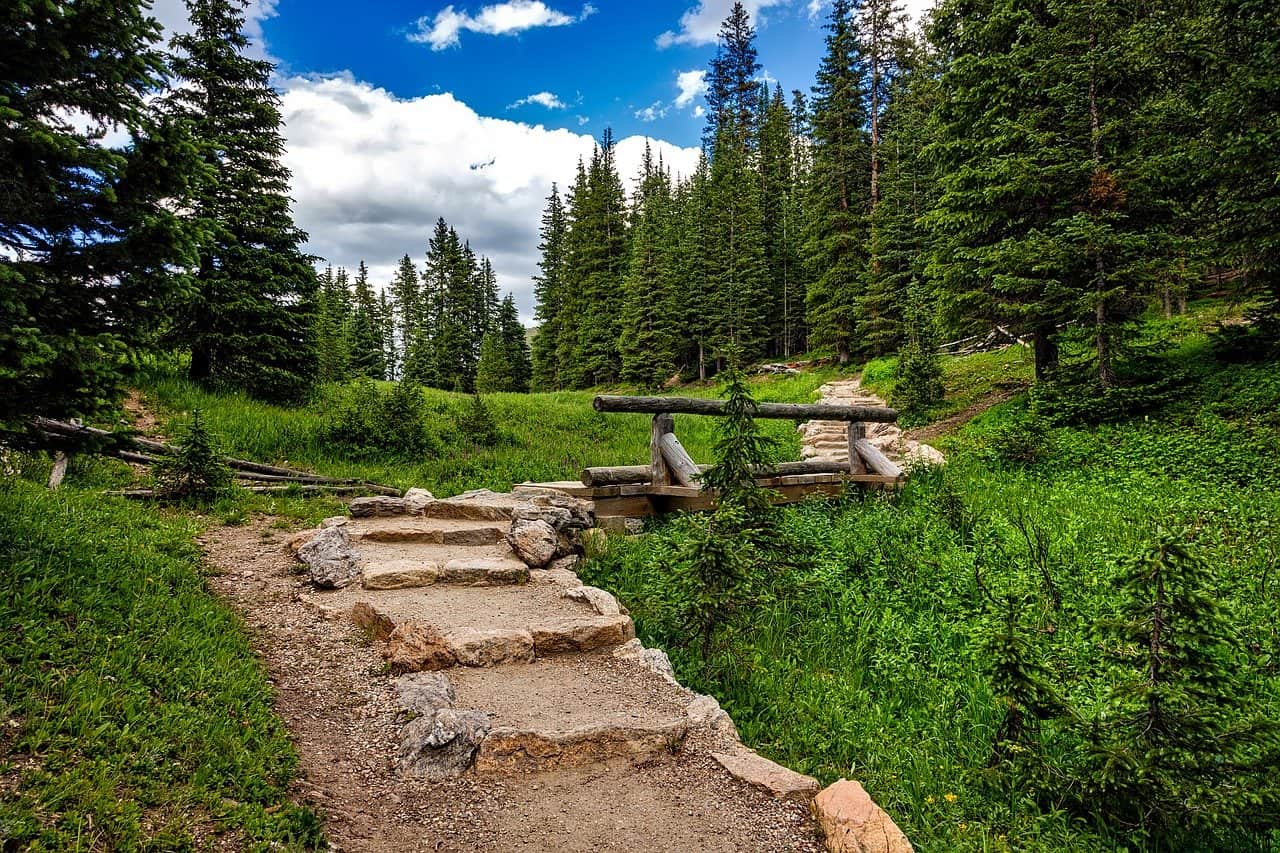
Hiking in Rocky Mountain
Over 350 miles of hiking trails are in the park. Here are some of the easiest hikes in Rocky Mountain National Park.
Bear Lake—A flat .6-mile loop
Sprague Lake Loop—A flat .5-mile loop
Lily Lake Loop—An accessible .8-mile loop
Holzwarth Historic Site—An accessible 1.0-mile walk
Coyote Valley Trail–A 2.1-mile
Biking in Rocky Mountain National Park
Biking is permitted on Trail Ridge Road and Old Fall River Road. However, guard rails aren’t available, and the shoulder is narrow, so use caution. Shuttle buses do not have bike racks.
Guide to Devils Tower National Monument
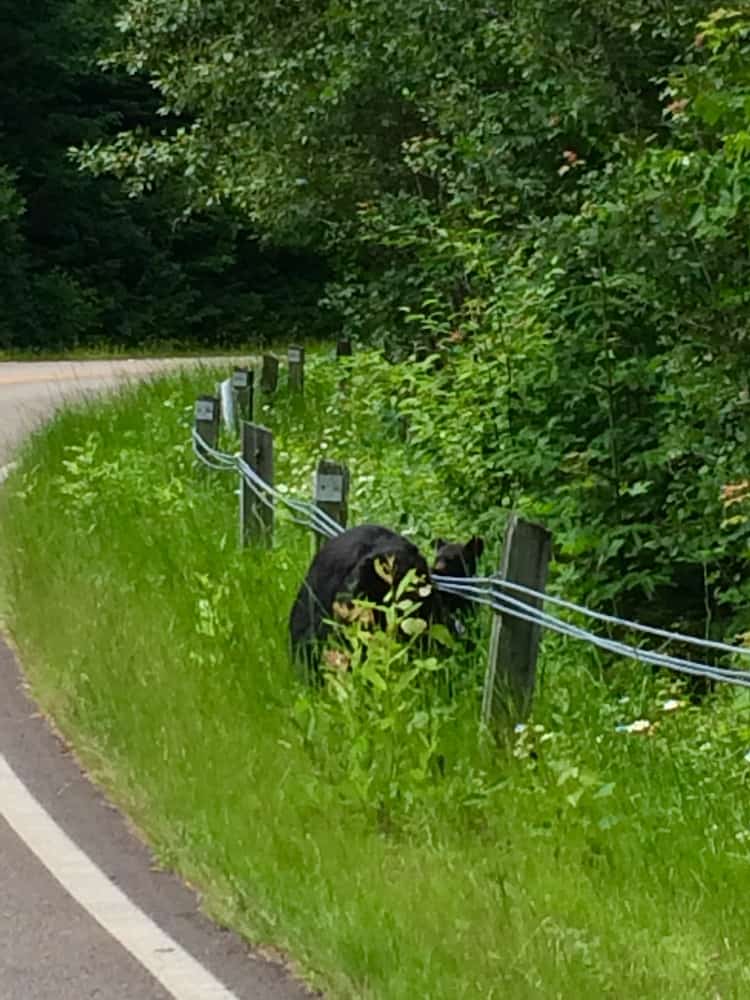
Wildlife Viewing in the Rockies
Wildlife is abundant in the Rocky Mountains. The following are just some of the animals you can see on your visit.
- Elk
- Mule Deer
- Big Horned Sheep
- Yellow-bellied marmot
- Coyote
- Beaver
- Mountain Lion
- Moose
- Black Beer
- Pika
- Chipmunks
- Bats
- Snowshoe Hare
Bears in the Rockies
Though encounters are rare, Park Rangers offer some guidelines to reduce bear encounters:
- Remain observant.
- Hike in groups.
- Keep campsites clean.
- Make noise while hiking by wearing bear bells and talking.
- Don’t approach bears or let bears approach you.
- If a bear notices you, you are too close. Back away slowly and if attacked, fight back. Don’t play dead.
Fishing in Rocky Mountain National Park
With over 50 lakes in Rocky Mountain National Park, find four varieties of trout. Fishing is permitted in the park though some areas are closed for fishing. Other lakes and springs offer catch-and-release fishing only. Some lakes have size, weight and number limits.
A valid Colorado fishing license is required for those 16 years old and older. Check-in at the visitor center to find a river or lake open for fishing.
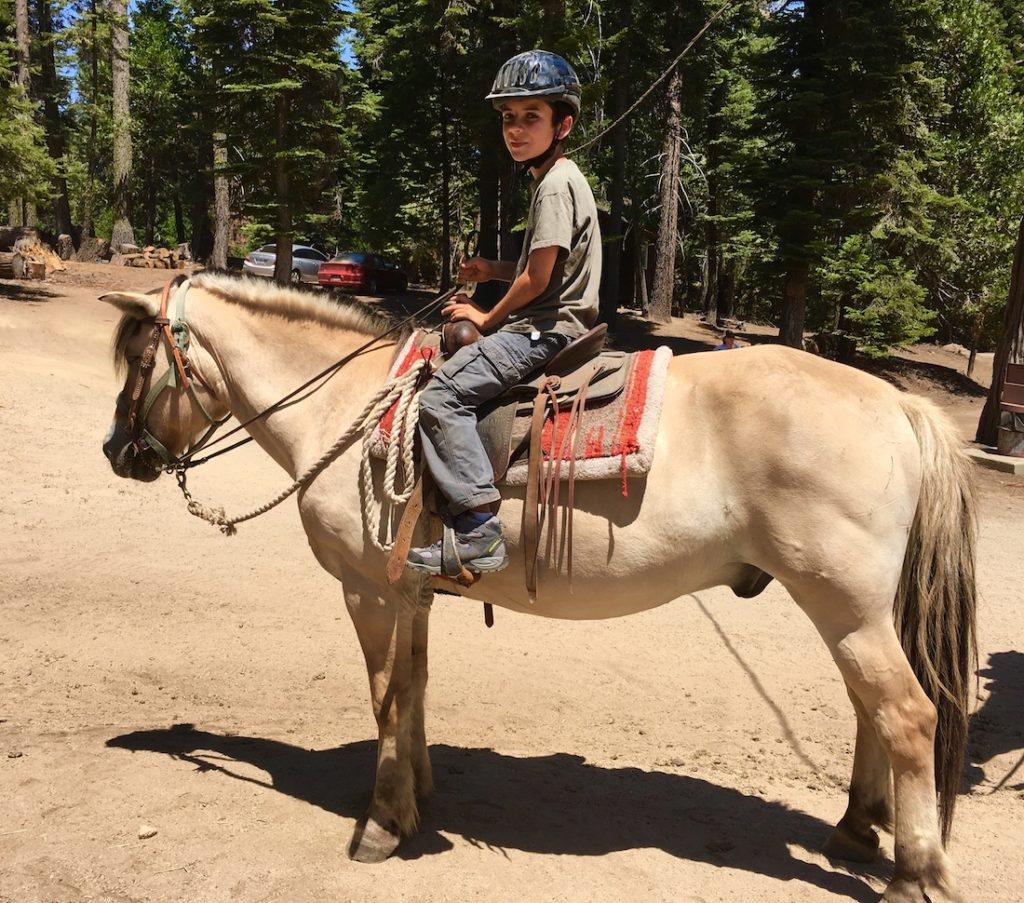
Horseback Riding in Rocky Mountain
There are two stables in Rocky Mountain National Park, Moraine Park and Glacier Creek, with seasonal horseback rides. Reservations are required through the concessionaires.
Hi, County Stables in Glacier Creek is located inside the park. Those with reservations don’t need to secure the Bear Lake Corridor or Rocky Mountain Timed Entry Pass. Rides start at 2 hours and 3 hours, and advanced trail rides are 6 and 8 hours.
Rides start at $110 per person. Riders need to be 6 years old and weigh less than 265 pounds.
Sombrero Stables offers 30-minute rides and one- and two-hour trail rides. Riders must be six years old.
Horseback riding is permitted in the park. Or bring your llama to pack your gear on your hike.
Guide to the Black Hills of South Dakota
Llama Trekking
Wildland Trekking will arrange a llama day hike. The gentle animals are naturals in the mountains and are used to haul gear. Guided trips start at 5 hours and can be arranged for up to four days.
Rock Climbing in Rocky Mountain National Park
Not for the novice climber, though Longs Peak (the highest peak in the park) is popular along with Hallett Peak.
Bouldering is popular at Rocky Mountain National Park, consider Emerald Lake.
Visit Holzwarth Historic Site
On the western side of the park, the Holzwarth site offers lessons on homesteading in the Rocky Mountains. The Holzwarth family moved to the area in 1917 in the Kanwuneeke Valley.
Over the years, the family would develop the site and would welcome summertime visitors. In 1974, The Nature Conservancy purchased the site and donated it to the National Park Service.
From Memorial Day to Labor Day, it offers daily tours during the summer season from 9:30 a.m. to 2:30 p.m.
Where to Picnic in Rocky Mountain
Find developed picnic areas with tables across the park.
East Side
- Beaver Meadows Visitor Center
- Big Thompson/Kaley Cottages
- Endovalley
- Hidden Valley
- Hallowell Park
- Lake Lawn Trailhead
- Lily Lake
- Longs Peak Ranger Station
- Park and Ride
- Sprague Lake
- Tuxedo Park
- Upper Beaver Meadows
- West Alluvial Fan
- Wild Basin Trailhead
West Side
- Beaver Creek
- Beaver Ponds
- Bowen/Baker
- Colorado River
- Coyote Valley
- Harbison Meadows
- Holzwarth Historic Site
- Kanwuneeke Visitor Center
- Lake Irene
- Timber Lake Trailhead
Best Mountain Getaways for Families
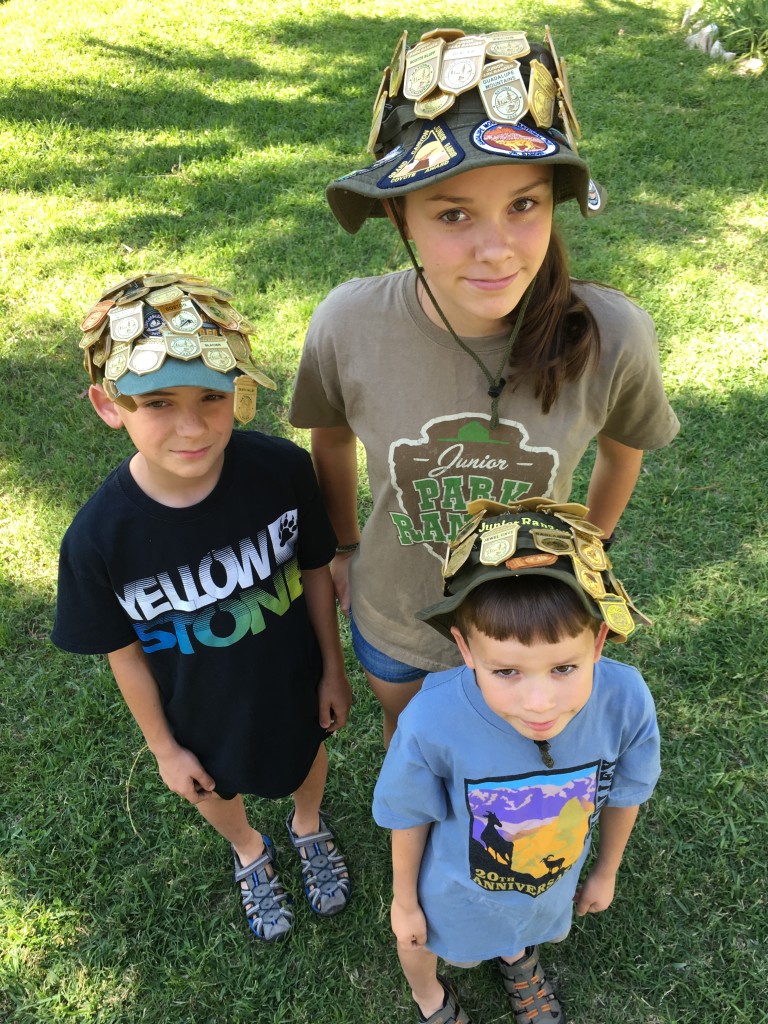
Rocky Mountain National Park with Kids
The Junior Ranger Program is the go-to program for families to learn more about Rocky Mountain National Park. It’s free and takes about two hours to complete. My kids love the badges that the Rangers present them after completing their booklet.
You can pick up a booklet at any visitor center and complete the age-appropriate activities. Then, return for a souvenir badge and certificate.
Junior Ranger Badge Guide
Fall Color in the Rocky Mountains
As the season officially changes from summer to fall, so do the trees. Depending on weather and elevation, the quaking Aspen starts to mellow into its signature gold color in mid-to-late September until mid-October.
The easier way to experience the fall color season is a scenic drive like Trail Ridge Road. Hiking is another way to enjoy the cool weather and brilliant fall colors. Try Sprague Lake, Bear Lake or Albert Falls for the best color.
Best National Parks for Fall Color
Winter in Rocky Mountain National Park
It snows a lot in the Rocky Mountains, and the west side of the park gets more snow than the east. Trail Ridge Road shuts down for the season in the fall and doesn’t open again until late spring.
Snowshoeing and winter hiking are available. Several popular trails, such as Upper Beaver Meadows or Gem Lake Trail, are open.
Cross-country skiing is permitted across the park during the winter, though the Park Service doesn’t groom trails.
Sledding is allowed at Hidden Valley. Bring your own plastic saucer sled.
Where to Camp in Rocky Mountain National Park
Rocky Mountain National Park doesn’t offer a traditional national park lodge inside the park. However, you can find many campsites if you want to spend the night inside the park.
Aspenglen Campground near Fall River entrance
- Open year-round
- Reservations recommended
- 52 sites without hookups
- Seasonal Potable water and flush toilets
- No showers or dump station
Glacier Basin Campground
- Seasonal from May until September
- Reservations recommended
- 150 sites without hookups
- Potable water and flush toilets
- No showers
- Dump station
Longs Peak Campground
- Seasonal from May until September
- First-come, first-serve
- 26 tent-only sites without hookups
- Potable water and vault toilets
Timber Creek Campground on West side of Park
- Seasonal from May until October
- First-come, first-serve
- 98 sites without hookups
- Potable water and flush toilets
- No showers
- Dump station
Morraine Park Campground **Closed for Renovation
- Open year-round
- Reservations recommended
- 244 sites without hookups
- Seasonal potable water and seasonal flush toilets
- Year-round vault toilets
- No showers
- Seasonal dump station
Altitude Sickness
Anytime you go above 8,000 feet, you can experience Altitude Sickness. Look for the following symptoms. It can affect anyone, regardless of age or health.
- Headache
- nausea
- dizziness
- vomiting
- fatigue
- shortness of breath
- loss of appetite
- trouble sleeping
Over-the-counter medications can help and symptoms should improve in 24 or 48 hours. However, if symptoms don’t improve or get worse, consult medical attention.
How to Get to Rocky Mountain National Park
Estes Park is about 5 miles from the Fall River Entrance on the east side of Rocky Mountain National Park. Granby is about 16 miles from the Grand Lake Entrance on the west side of the park. Denver is approximately 70 miles from the Fall River Entrance.
Rocky Mountain National Park is open 24 hours a day, 365 days a year. A one-day admission is $30 per car or a 7-day pass is $35. You can use an NPS annual pass for your visit, though an entrance permit is still required.
Find seasonal road closures from October until May.
Guide to NPS Passes
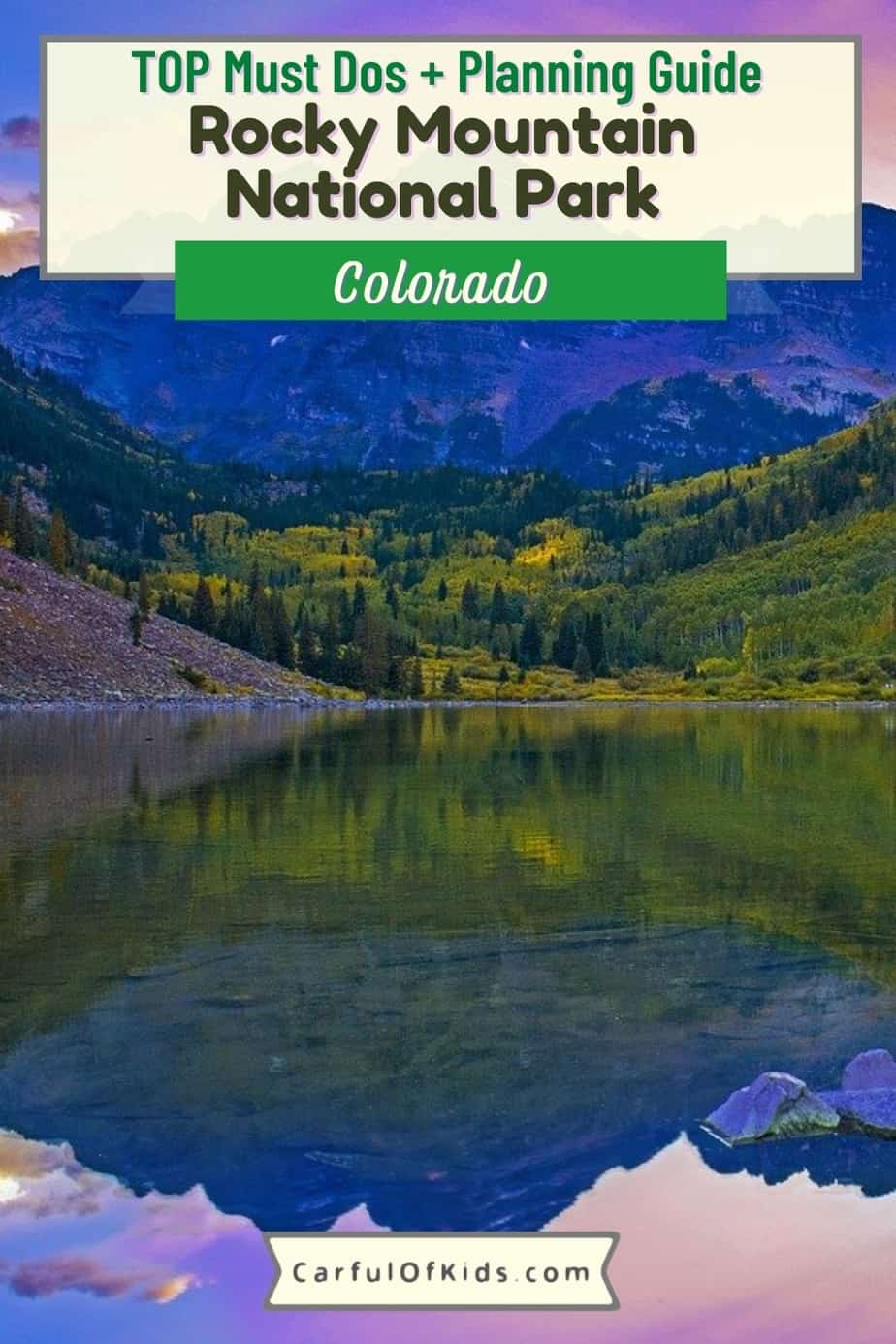

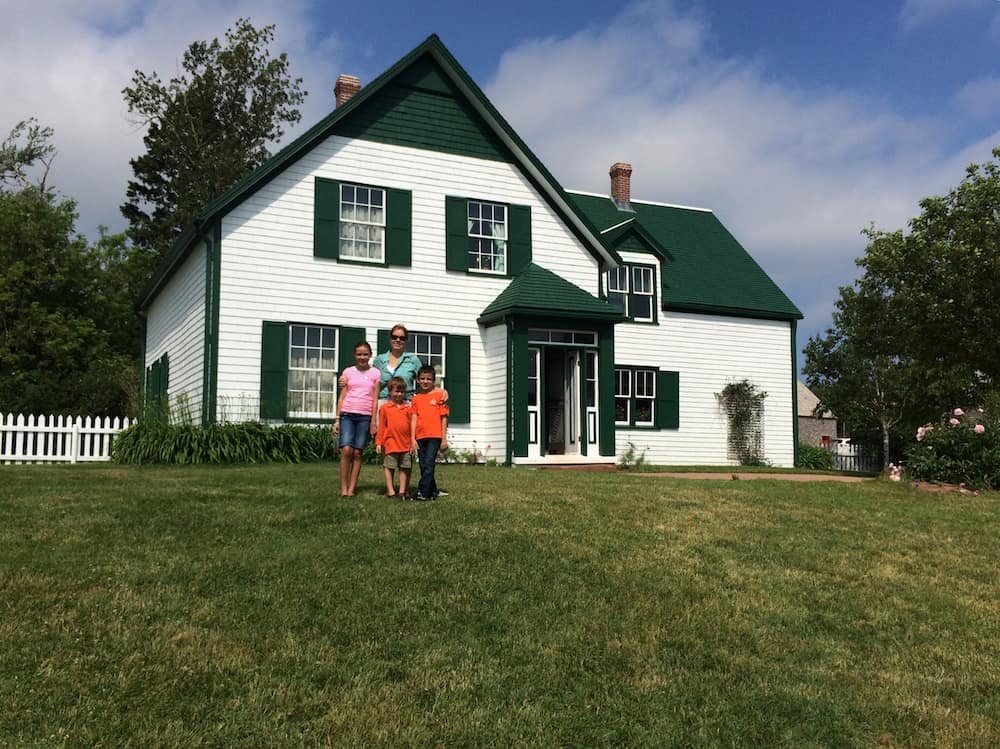
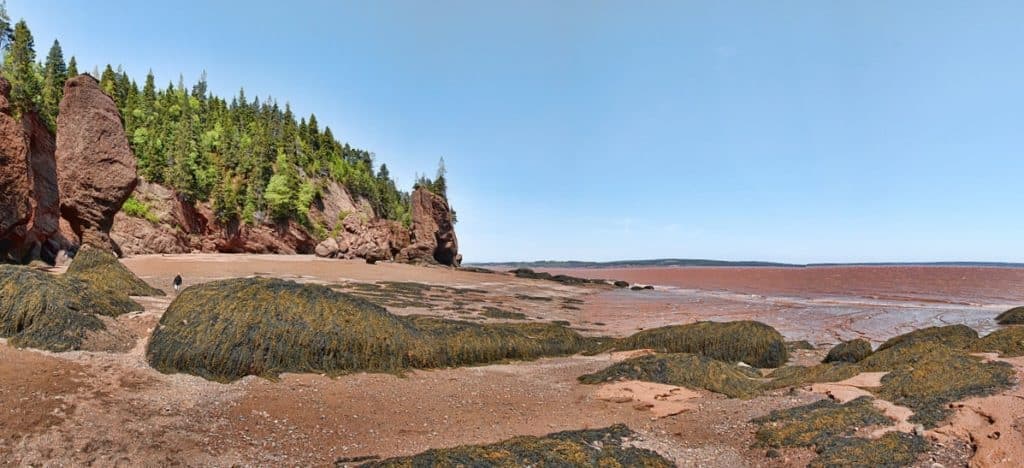
Comments are closed.